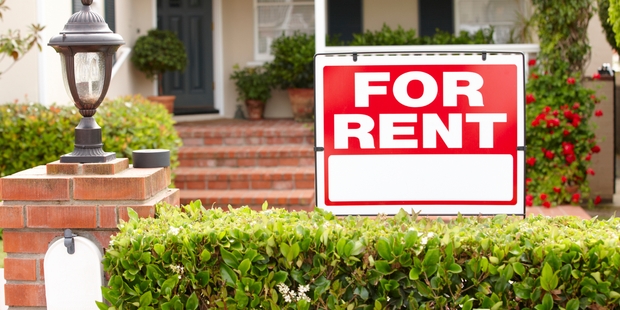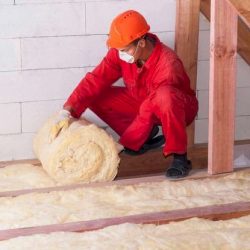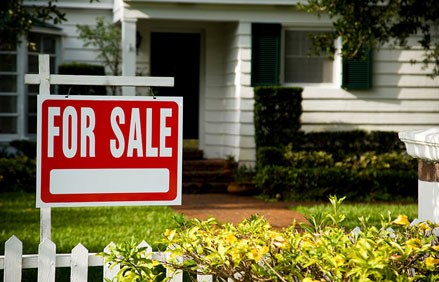
New data shows renting has become more common nationwide even though most households are still owner-occupied.
Statistics New Zealand said the value of residential building consents passed the billion dollar mark for the first time, but population growth was still outstripping an increase in private dwellings.
And for an increasing number of Kiwis, renting has become the norm.
The proportion of households who owned their dwelling decreased from 74 per cent in 1991 to 64 per cent in the three months to December 2015.
A further 32 per cent of households were rented, up from 23 per cent in 1991. Four per cent of the population had their dwellings provided for free.
In most recent years, the number of dwellings and households in New Zealand had increased at a rate exceeding population growth.
But that trend had reversed, with population growing an estimated 1.9 per cent in the year ended to June 30 2015, compared with private dwelling growth of 1.2 per cent.
The figures, based on census data, were updated based on building consents and lagged by six months to allow for completion of the dwelling.
Statistics NZ warned the national census could conceal different trends at a local level.
Parts of New Zealand were lagging behind others when it came to new housing consents.
Across Wellington, the Bay of Plenty and Waikato, big overall jumps in new housing consents were reported in the 12 months to November.
That high number included “a spike in consents for apartments and retirement village units,” in Wellington, Statistics NZ’s business indicators manager Clara Eatherley said.
But there were 153 fewer new consents in Canterbury than a year before.
The new data also showed interesting trends in non-residential building work, said Gareth Kieran, chief forecaster at Infometrics.
The value of consented education buildings, shops, factories, storage, hospitals, hostels and hotels was up on the previous November.
Mr Kiernan said the data hinted at some overall positives for the New Zealand economy after a spate of negative news and doom-filled predictions last year.
He said non-residential data suggested the tourism, construction and services sectors were doing reasonably well.
“You look at the data through the second half of 2015 and generally the growth has been reasonably spread across most of the country. It’s not necessarily an Auckland and Canterbury phenomenon.”
The value of non-residential building work consented in November 2015 was $531 million, $105 million more than the previous November.
Mr Kiernan said excitement about “major projects” in Auckland was in some cases vindicated.
“It’s gratifying to perhaps see a bit of that starting to materialise but again we’d expect a lot more there, given the pressures on the commercial and industrial property markets that you’re seeing.”
Mr Kiernan said Auckland’s economic growth was still running ahead of the nationwide average, and that was likely to continue.
However, the value of non-residential building work on farms and offices in New Zealand was down on November 2014’s statistics.
‘”The farm result [is] not too surprising. It’s been softening for a few months, just given the big drop in dairy prices we’ve seen since early 2014.”
Mr Kiernan said uncertainty about weather conditions and El Nino meant some people were “probably holding back” on new farm building work.
Statistics NZ said the total value of building work consented in November was $1.6 billion, an all-time record. Slightly over two-thirds of that value came from residential work.
The figures included both monthly and annual statistics for new consents. Territorial authorities provided the building consent data.
Drop in ownership
• 74 per cent of Kiwis owned their own homes in 1991
• 64 per cent owned their homes at the end of 2015
• The number of new dwellings consented in Auckland increased 4.4 percent in November on the previous month, to the highest level since late 2004.
• In Wellington, a sharper rise of 5.3 per cent was reported, to the highest level since late 2007.
• In Waikato, new consents were up 3.4 percent in November, reaching heights not seen since mid-2007.
• Elsewhere in the North Island, consents were up 4.6 percent in November, to the highest levels in eight years.
• Canterbury had a more modest increase, with consents up 2.3 per cent in November, but still well below that region’s peak in mid-2014.
• In the rest of the South Island, consents were up 2.1 per cent in November, reaching the highest level since early 2008.
• Work on office, administration, and public transport buildings was worth $114 million.
• Education buildings added $99 million, and work in shops, restaurants, and bars $77 million.







